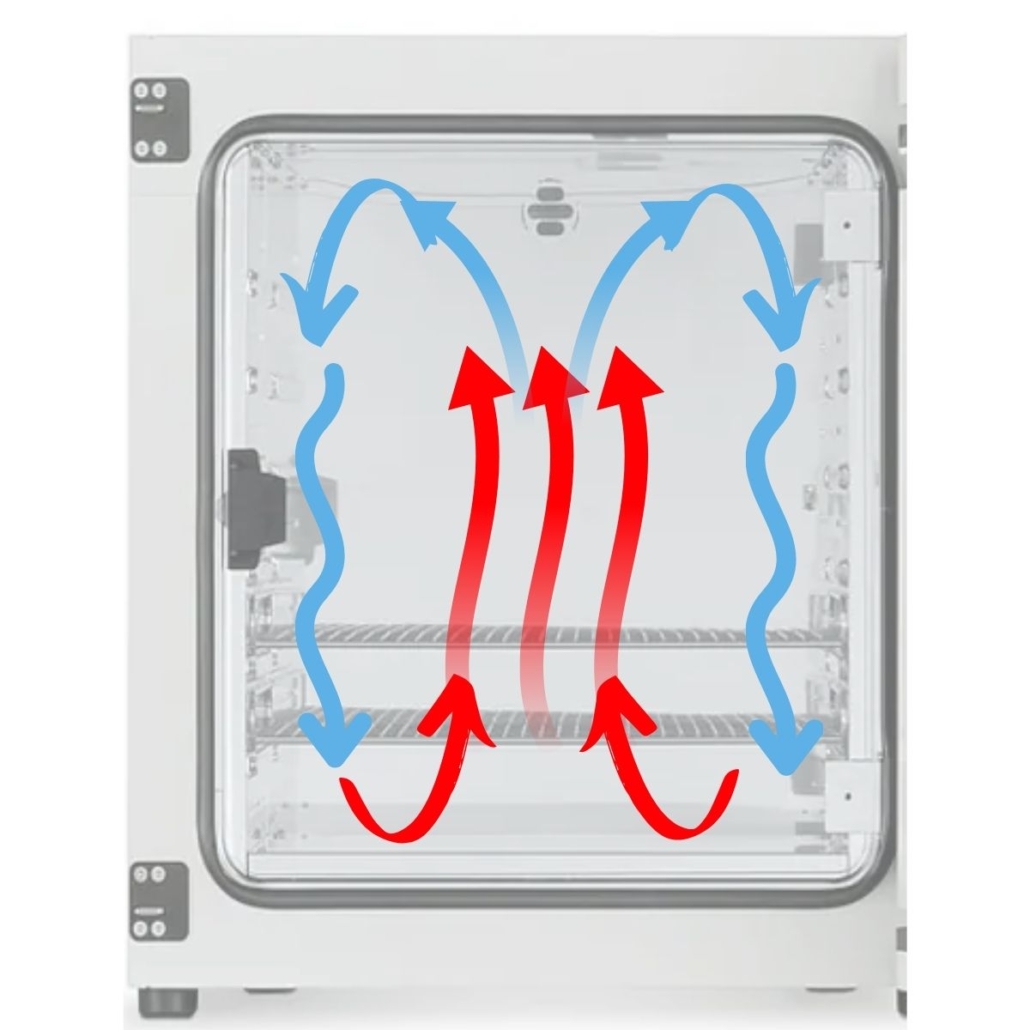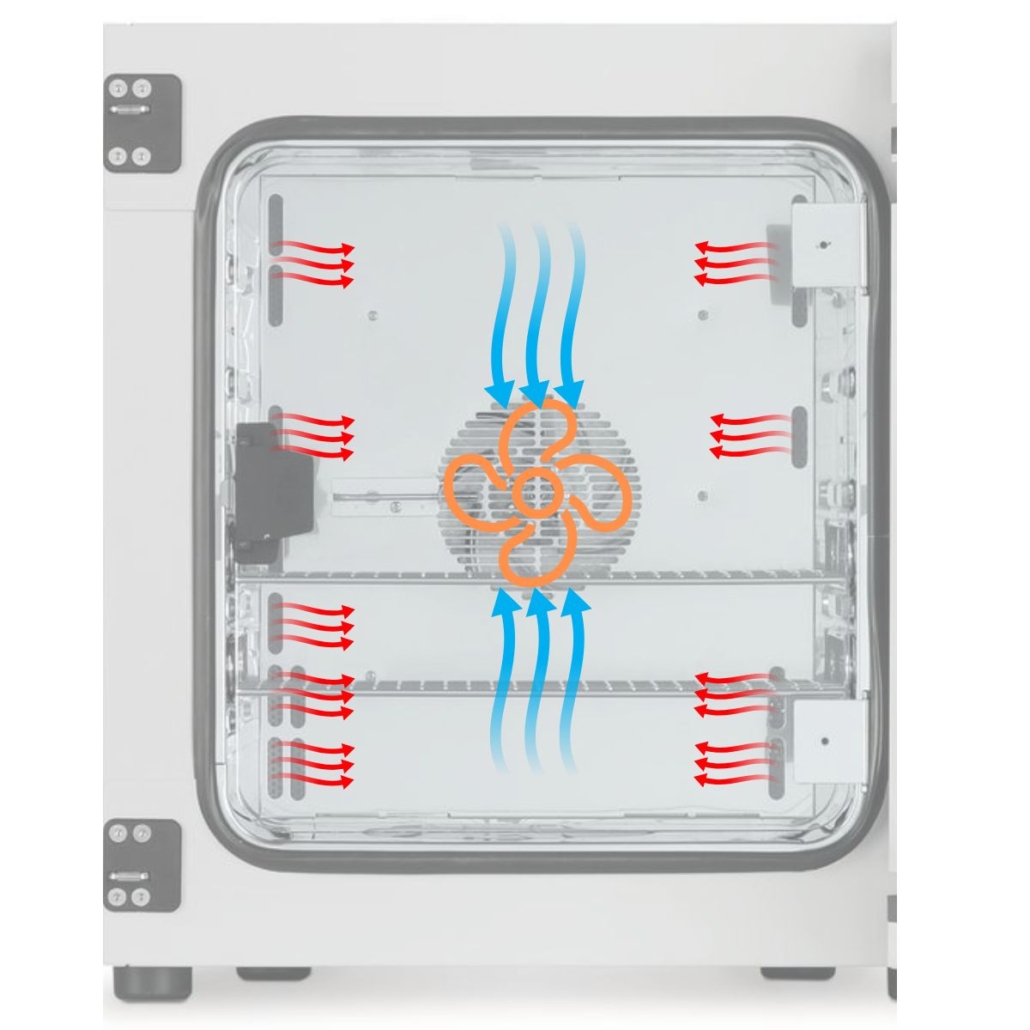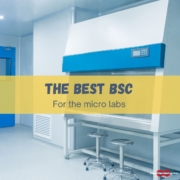Natural or Forced Convection: Which Incubator Should You Choose for Your Microbiology Lab?
One of the most important factors for a microbiology incubator is maintaining a consistent temperature throughout. No one wants 38°C at the top and 34°C at the bottom!
To keep the temperature homogeneous, there are two main technologies: natural convection and forced convection. When buying your incubator, you’ll need to choose between these two options!
In this article, we’ll explain how both systems work, and compare their pros and cons.
By the end, you’ll be a convection expert!
Discover the 5 BEST Incubators
We polled the SuperMicrobiologists.
Here are their favorite Incubator
Natural Convection Bacteriology Incubators

Natural convection uses a simple physical principle: hot air (which is less dense) naturally rises, creating a cycle that pushes cooler air down. The cooler air heats up and rises, repeating the process.
Advantages of natural convection incubators
- Quieter (no fan noise)
- Uses less energy
- Cheaper to buy
- Ideal for long incubations (boxes dry out less, useful for tests like Legionella)
Disadvantages of natural convection incubators
- Less precise temperature uniformity
- Takes longer to stabilize the temperature after opening the door
- Not suitable for refrigerated incubators
In short, natural convection is great for small volumes (<100-200 liters), long incubations (>5 days), or incubators that are rarely opened (like for stability tests).
Forced Convection Microbiology Incubators

In forced convection incubators, a fan circulates the air to distribute the temperature more evenly. The fan pulls air from inside the chamber, passes it over a heating element, and then redistributes it through openings in the walls.
Advantages of forced convection incubators
- More even temperature distribution
- Quick recovery of temperature after opening the door
Disadvantages of forced convection incubators
- Can dry out agar on Petri plate because of the airflow
- More expensive to buy
Forced convection is ideal for large volumes (>200 liters) or incubators that are opened frequently throughout the day. To avoid drying out samples, it’s better to limit the incubation time (<5 days).
Conclusion
As you can see, the choice between natural and forced convection depends on your specific needs in the lab. You’ll need to consider the volume, incubation time, and temperature required for your work.
Now that you know the basics of convection, tell us in the comments: which type of incubator do you use in your lab?













Leave a Reply
Want to join the discussion?Feel free to contribute!